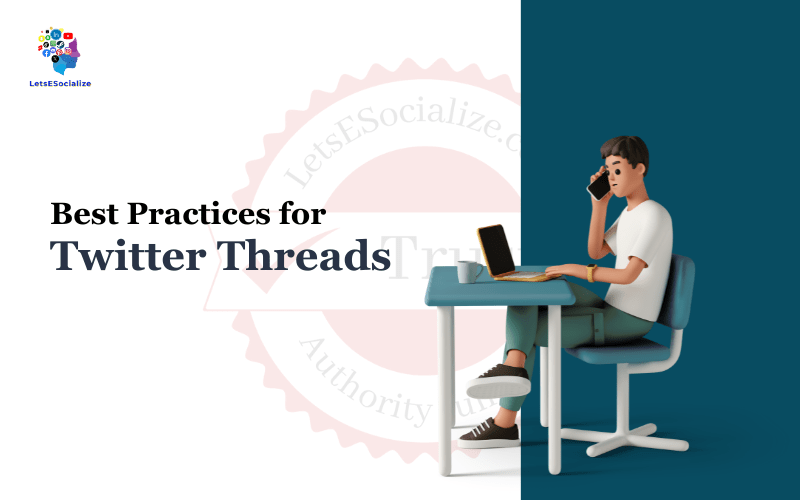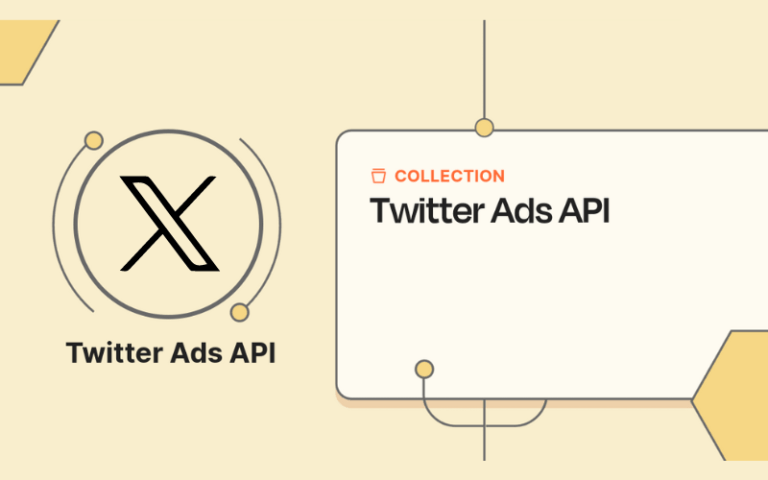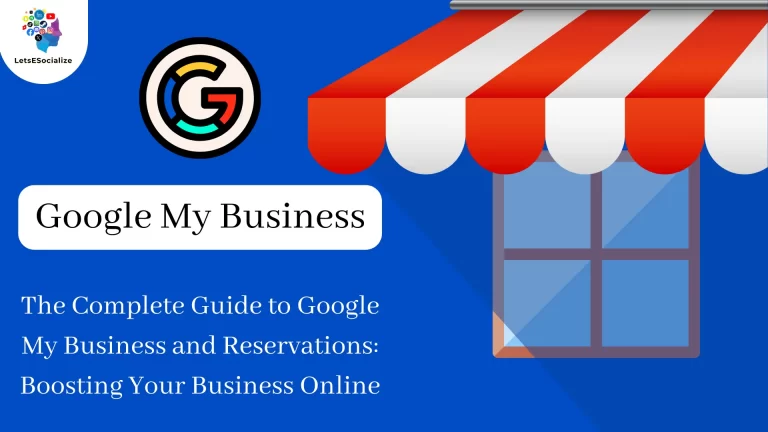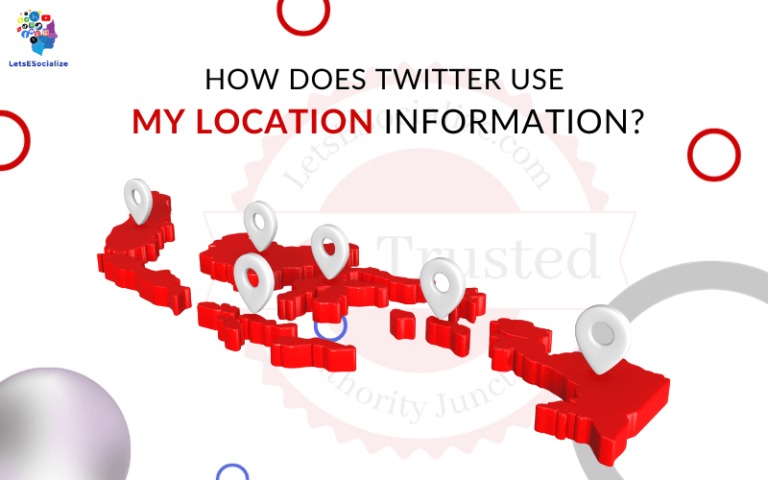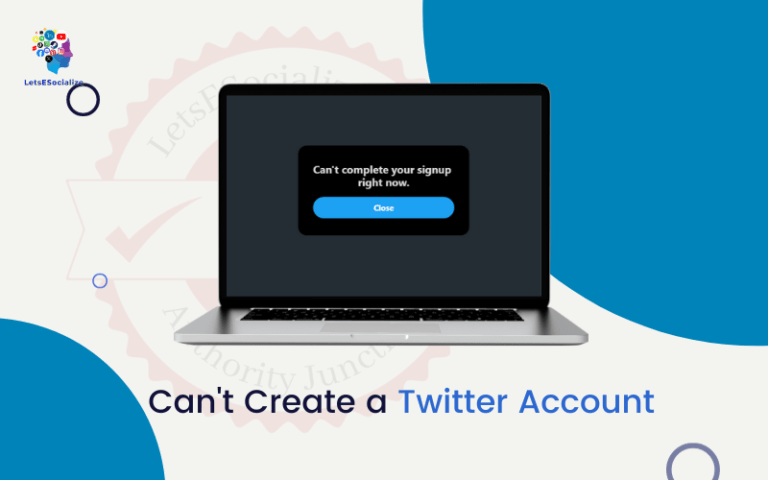Twitter threads have become a trendy storytelling medium, but crafting compelling threaded narratives takes skill. This comprehensive guide will explore proven best practices for creating impactful, engaging threads that resonate with audiences and get widely shared across the platform.
Whether you’re an expert looking to share insights, a brand wanting to engage followers, or an everyday user connecting with your community, optimizing your approach to threading can help multiply your impact and reach. Let’s dive into practical tips and best practices for Twitter Threads.
Table of Contents
What Are Twitter Threads?
For those unfamiliar with the platform’s capabilities, Twitter threads are connected sequences of multiple tweets from one user that form a cohesive narrative. An opening tweet is the launch, with subsequent replies linking to an extended message thread.
This allows creators to share written narratives, stories, anecdotes, commentary, interviews, tutorials, and a diverse range of threaded content that surpasses the limitations of a standalone 280-character tweet. Mastering the art and strategy of compelling threads unlocks immense creative possibility.
How To Create a Thread
The mechanics of creating a Twitter thread are simple once you know how:
- Compose your opening tweet. This functions as the hook and introduction to pique interest.
- Reply to your original tweet to add the next section of the thread. These replies string together under the parent tweet.
- Continue replying to build out your complete narrative in any thread.
- Users can then click the original tweet to reveal the entire thread chronologically without navigating away.
Now, let’s explore tips to create threads that pop.
Also read: How to Create a Twitter Thread
Best Practices For Engaging Twitter Threads
While the technical steps are easy, crafting compelling threads that resonate with audiences takes skill and strategy. Here are 12 proven best practices:
1. Grab Attention With Your First Tweet
Your opener sets the tone. Ask a thought-provoking question, share an intriguing fact, open with a compelling anecdote, or use humor to hook readers instantly so they click through to your thread. You want a first tweet that is only possible for audiences to notice.
2. Plan Your Narrative Arc In Advance
Know your thread content and narrative flow before composing. Outline the components like intro, key points, and conclusion so it unfolds logically. Winging it often yields a messy, disjointed thread that loses readers. Plot it deliberately from start to finish.
3. Find Your Unique Voice
What perspective and style will you bring to your threaded stories and commentary? Share your threads in an authentic voice that feels genuine to who you are. Avoid mimicking others’ voices inauthentically.
4. Edit Ruthlessly
Be concise. Omit unnecessary words and sentences that meander. Every sentence should build the thread purposefully. Cut it out through ruthless editing if a point doesn’t advance your thread meaningfully.
5. Space Out Your Thread
Break lengthy threads into sections with paragraph breaks every 3-5 tweets. This provides visual breathing room and makes long threads more manageable to readers whom a huge wall of tweets might put off.
6. Use Media Thoughtfully
Photos, GIFs and videos can enhance threads visually. But use them intentionally in spots where they make the most relevant impact. Don’t force media just for the sake of it. Only include them when they genuinely amplify your message.
7. Interact With Replies
Stay engaged if readers reply to your thread with their commentary and reactions. Like, retweet and reply to show you’re listening. This builds community and deeper discussion.
8. Avoid Excess Threads
Yes, threads are fun. But don’t overdo it to the point every minor thought is a thread. Not every tweet needs to be threaded. Save your threading energy when you have substantive narratives worth the multi-tweet exploration.
9. Promote Your Threads
Get exposure by promoting your threads through other social channels, messaging apps, websites, email lists, etc. Share them anywhere you have an audience.
10. Make Your Opening Tweet Count
Spend time crafting an intro tweet that sells the sizzle and entices the click. You want people unable to resist reading the rest of your brilliance. A weak opening undermines an otherwise strong thread.
11. Link to Any References
If your commentary references articles, papers, websites, etc., link to them within your thread for context. This allows readers to dive deeper and verify information themselves.
12. Proofread Before Posting
Reread your entire thread before hitting send to catch typos, formatting issues or unintended errors. These mistakes undermine your professionalism and distract from your message.
Types of Threads & Use Cases
Twitter threads bring immense versatility to all contexts and use cases. Here are some of the most popular thread genres and examples of each:
Storytelling
Threads excel for all narrative sharing, like personal anecdotes, eyewitness accounts, fiction excerpts, reporting stories, etc. The space allows nuanced story craft.
Commentary & Analysis
Experts across all fields use threads to provide informed analysis and unpack complex issues through threaded commentary for their audiences.
Interviews
Threads enable public dialogues, with journalists, creators, and more using the format to interview notable figures and experts to share fascinating insights.
Educational / Informational
Informative threads allow creators to educate audiences through detailed explainers, how-to’s, lists, and tutorials spanning every imaginable topic. Knowledge sharing thrives.
Customer Service
Brands often address questions or complaints from customers publicly through threads. This allows transparency in how they tackle issues.
Crowdsourcing
Threads invite crowdsourced contributions of ideas, opinions, recommendations, and information from the wider Twitter community.
Promotional
Influencers, creators and brands can market themselves and promote initiatives through compelling threads that engage target audiences.
Humor / Comedy
Nothing spreads faster than funny, entertaining threads. Comedians and humorists crack up audiences with joke threads, satire, parodies, and witty observations.
Live Reporting
Journalists and eyewitnesses chronicle breaking news as it unfolds through real-time observational threading from protests, disasters, and significant events.
Community / Connection
Threads foster community, with users sharing daily reflections, jokes, stories, and moments that resonate with followers who share their worldview.
Also read: Best Twitter Threads of All Time
Thread Etiquette & Culture
Twitter thread culture has developed an unofficial lingo and etiquette norms. Here’s a primer on communicating effectively within thread conversations:
Address Criticism Politely
If readers challenge or critique your thread, address it calmly by clarifying the context. But avoid getting defensive or escalating fights. Kill them with kindness and perspective.
Credit Inspiring Threads
If you create threads inspired by ones you admired, credit the original thread and author so it’s not seen as copying their work.
Ask Permission To Unroll
It’s polite to ask the original thread author before using an unraveling site to create a more readable version of their thread rather than just doing it unsolicited.
Keep Threads On Topic
Readers expect threads to stay focused on the original topic. If you drift to unrelated issues, it confuses and frustrates people who clicked for a specific narrative.
Add Content Warnings If Needed
If your thread covers potentially sensitive topics, use Content Warning or CW so readers can opt out of reading potentially triggering content.
Avoid Thread Stealing
Continuing someone else’s thread with your tweets is frowned upon rather than just replying. Compose your thread to avoid this thread “stealing.”
Provide Audio Thread Options
Make your threads accessible to blind/visually impaired users by adding an audio recording or using a text-to-speech generator they can listen to.
Promoting Your Threads
Creating a phenomenal thread is just the first step. You also need to amplify threads to drive readership effectively. Here are top tips for promoting threads:
Pin Your Opening Tweet
Pin the thread starter tweet to the top of your profile so new visitors can see it immediately and easily click in to read the full narrative.
Share Across Your Accounts
Cross-promote your threads on other social platforms like Facebook, Instagram, etc., where you also have followers who may miss it on Twitter.
Highlight In Your Bio
If you have a viral thread, add a link to it prominently on your Twitter bio so anyone visiting your profile can find and read it.
Email Your List
Share new thread links directly with your email subscriber list for guaranteed views from followers who enable notifications.
Post On Your Website/Blog
Publish your threads as articles on your blog or website to give them added visibility and SEO benefits.
Engage In Thread Communities
Participate in popular recurring threads like #FollowFriday recommendations so your engagement attracts new thread audiences.
Monitor Retweets
See which of your threads earn the most retweets. Then, learn from those successes to identify the styles and topics your audience most clicks with.
Promote Via Followers
Leverage your first-degree followers by asking them to share and retweet your thread to their followers for exponential growth.
Pitch To Newsletters
Suggest your timely, newsworthy threads to popular thread curation newsletters like Garbage Day, Read This Thing, and Project Thread to access their readership.
Conclusion
Mastering Twitter threads requires dedication, but the payoff in expanded audience reach and engagement is immense. Whether you’re an expert, artist, brand or everyday user, implementing these best practices will elevate your threaded storytelling and commentary.
The journey to threading excellence requires being intentional with your approach and constantly honing your narrative voice. With experimentation and commitment, your threads will soon light up timelines everywhere.
Latest Developments
Here are some of the latest developments around Twitter threads to be aware of:
- Twitter is testing a new “Continue Thread” button to simplify reading long threads without needing to click back on the parent tweet each time. This much-requested feature aims to improve convenience.
- Third-party services like Thread Reader App, Thread Unroller, and Unroll Thread continue gaining popularity by converting Twitter threads into more easily readable blog-style article formats.
- Iconic serialized stories told solely through creative threads have emerged as popular new mediums, like Kurt Vonnegut fan Asta Wilbur’s 556-part “556 Thread Space Opera” and Anita Anand’s political thriller “Gabriel’s Promise,” which she threads daily.
- Notable figures known for their viral threads across fields include writers, comedians, activists, politicians and more like Daniel Silverman, Tim Siedell, Anand Giridharadas, Linda Tirado, Ted Lieu, and Dr. Eugene Gu.
- Hashtags for recurring threaded games have flourished as communal storytelling vehicles. Famous examples include the #TwoSentenceHorror collaborative horror stories and the interactive group tale #CreateYourEnding.
- Innovative functionalities are being proposed for threads, such as timestamping each tweet to convey time passed in the narrative and dedicated threaded profiles that solely display a user’s lines chronologically.
- Mainstream media outlets like The Washington Post, Buzzfeed, and The Guardian frequently adopt threading styles for “live-tweeting” coverage of major events rather than discrete articles as users demand instant updates.
- Noteworthy recurring thread genres such as comedic scripted sketches performed solo by accounts like @mannyu_lalas, eerie #creepythreads for horror microfiction, and historical threads humanizing major events have emerged.
The threading medium continues to evolve rapidly, with creators constantly pioneering innovative ways to tell narratives, build community, and captivate audiences through the woven connections of public storytelling.

